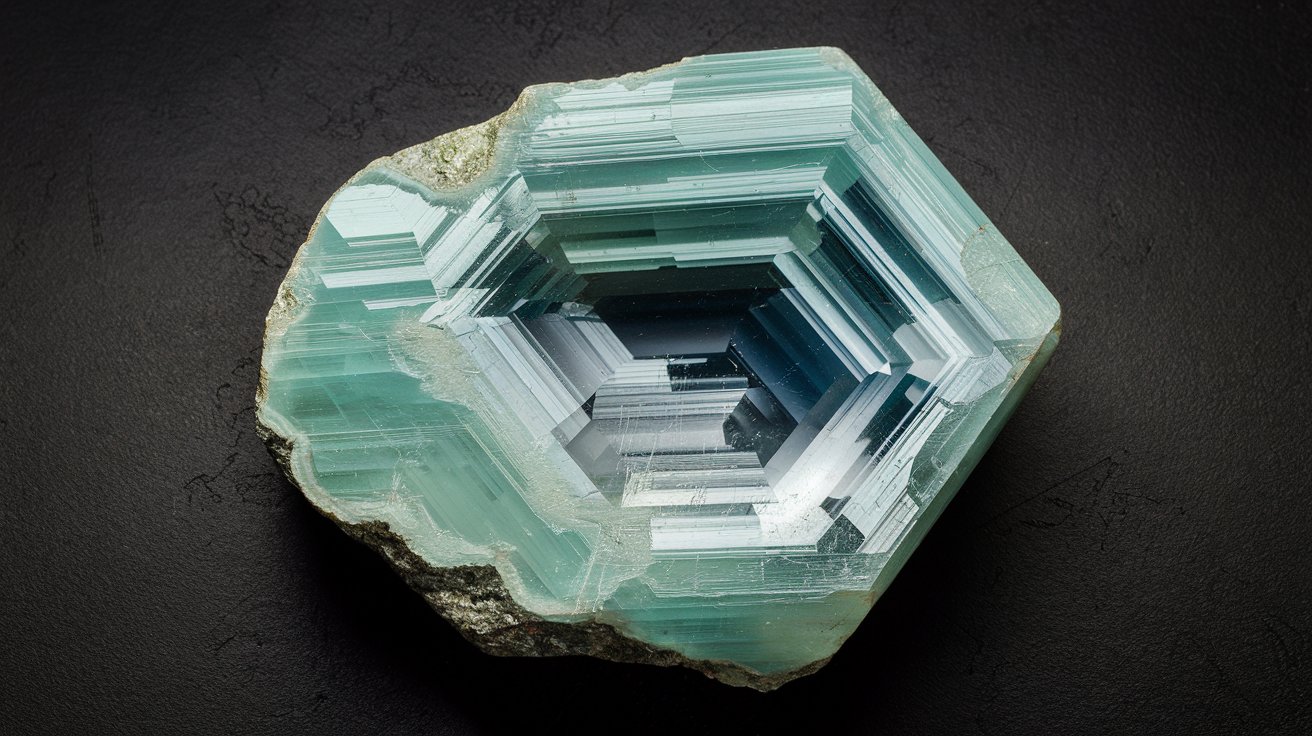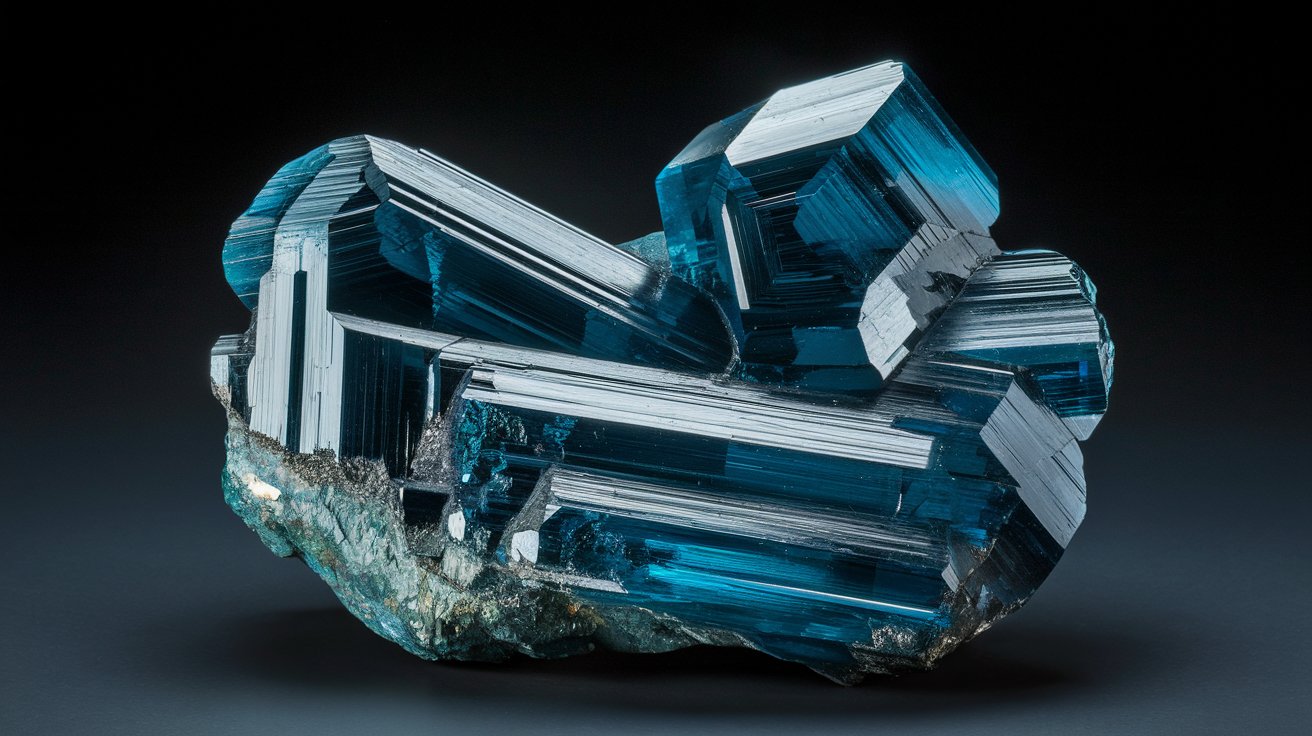
What makes Altisite so special? Altisite, a rare mineral discovered in the Kola Peninsula, Russia, stands out due to its unique composition and crystal structure. This alkaline titanium aluminosilicate chloride mineral, with the formula Na3K6Ti2Al2Si8O26Cl3, forms in alkaline pegmatites. Its monoclinic crystal system and vitreous luster make it visually striking. Altisite's rarity and specific formation conditions add to its allure, making it a prized specimen for collectors and researchers. Understanding its properties and geological context provides insights into mineral formation processes and the Earth's history. Let's dive into 25 intriguing facts about this extraordinary mineral.
Key Takeaways:
- Altisite, a rare mineral found in Russia, has a complex composition and unique crystal structure, making it a fascinating subject for scientific research and education.
- Conservation efforts and public awareness are crucial for preserving altisite, inspiring future generations of explorers and researchers to appreciate and protect this rare mineral.
Discovery and Naming
Altisite is a rare mineral that has intrigued geologists and mineralogists alike. Its discovery and naming are just the beginning of its fascinating story.
- Altisite was first discovered in the Kola Peninsula, Russia.
- The name "Altisite" reflects its unique composition and properties.
- Geologists who identified the mineral recognized its distinct characteristics and rarity.
Crystal Structure and Composition
Understanding the crystal structure and composition of altisite reveals why this mineral is so unique.
- Altisite crystallizes in the monoclinic system, a common crystal system but unusual for such a complex mineral.
- The crystal structure is highly ordered, with a specific arrangement of sodium, potassium, titanium, aluminum, silicon, and chlorine atoms.
- The chemical formula for altisite is Na3K6Ti2Al2Si8O26Cl3, indicating its complex composition.
Occurrence and Geological Context
Altisite's formation and occurrence are tied to specific geological conditions, making it a rare find.
- Altisite is found in alkaline pegmatites, types of igneous rocks formed during the final stages of magma crystallization.
- The Kola Peninsula in Russia, known for its rich mineral deposits, is the specific location where altisite was first discovered.
- These pegmatites are rich in alkali metals and other elements that contribute to the formation of rare minerals like altisite.
Physical and Chemical Properties
The physical and chemical properties of altisite set it apart from other minerals.
- Altisite typically forms slender, prismatic crystals with a vitreous (glassy) luster.
- The monoclinic crystal system means its crystals can be described by three axes that are not all equal in length.
- The presence of chlorine in its composition makes altisite sensitive to certain chemical reactions, such as with acids or bases.
Rarity and Mineral Associations
Altisite's rarity and the minerals it associates with add to its intrigue.
- Altisite is exceedingly rare, contributing to its scientific and collector interest.
- The specific conditions required for its formation include the presence of alkaline pegmatites and a precise chemical composition.
- Altisite often forms in association with other rare aluminosilicates, chlorides, and alkali metals.
Identification and Collection
Identifying and collecting altisite requires careful attention to its unique properties.
- Identifying altisite involves its monoclinic crystal system, vitreous luster, and specific chemical composition.
- Altisite can be distinguished from other minerals by its unique crystal shape and the presence of chlorine in its formula.
- Due to its rarity and fragility, collectors must take great care to preserve altisite's integrity, often requiring specialized storage and display techniques.
Scientific Research and Industrial Applications
Altisite has been the subject of extensive scientific research, though its industrial applications remain limited.
- Studies have focused on altisite's crystal structure, chemical composition, and geological context.
- While not commonly used in industrial applications due to its rarity, altisite's unique properties make it an interesting subject for materials science research.
Historical and Educational Significance
Altisite holds historical significance and serves as an excellent educational tool.
- The discovery of altisite has contributed to our understanding of the complex geological processes that shape our planet.
- Altisite serves as an engaging subject for teaching about mineral formation, crystal structures, and geological processes.
Conservation and Public Awareness
Efforts to conserve altisite and raise public awareness are crucial for its preservation.
- Protecting altisite's natural habitats and ensuring responsible collection practices are essential for preserving this unique mineral.
- Raising public awareness about altisite can inspire a new generation of explorers and researchers, promoting responsible collection practices and conservation efforts.
Future Research and Technological Advancements
Future research and technological advancements will continue to enhance our understanding of altisite.
- Advancements in technology, such as X-ray diffraction and electron microscopy, provide detailed insights into altisite's crystal structure and composition, furthering our knowledge of this rare mineral.
The Fascinating World of Altisite
Altisite is a rare gem in the mineral world. Found in the Kola Peninsula, Russia, this mineral's unique composition and crystal structure make it a subject of great interest. Its chemical formula, Na3K6Ti2Al2Si8O26Cl3, highlights its complex makeup. Altisite's monoclinic crystal system and vitreous luster set it apart from other minerals. Its rarity and the specific conditions required for its formation add to its allure. Altisite's discovery has provided valuable insights into geological processes and the history of the regions where it's found. While not commonly used in industry, its unique properties make it a fascinating subject for scientific research. Collectors prize altisite for its rarity and beauty, though its fragility requires careful handling. Altisite's story is a testament to the intricate and wondrous processes that shape our planet.
Frequently Asked Questions
Was this page helpful?
Our commitment to delivering trustworthy and engaging content is at the heart of what we do. Each fact on our site is contributed by real users like you, bringing a wealth of diverse insights and information. To ensure the highest standards of accuracy and reliability, our dedicated editors meticulously review each submission. This process guarantees that the facts we share are not only fascinating but also credible. Trust in our commitment to quality and authenticity as you explore and learn with us.


